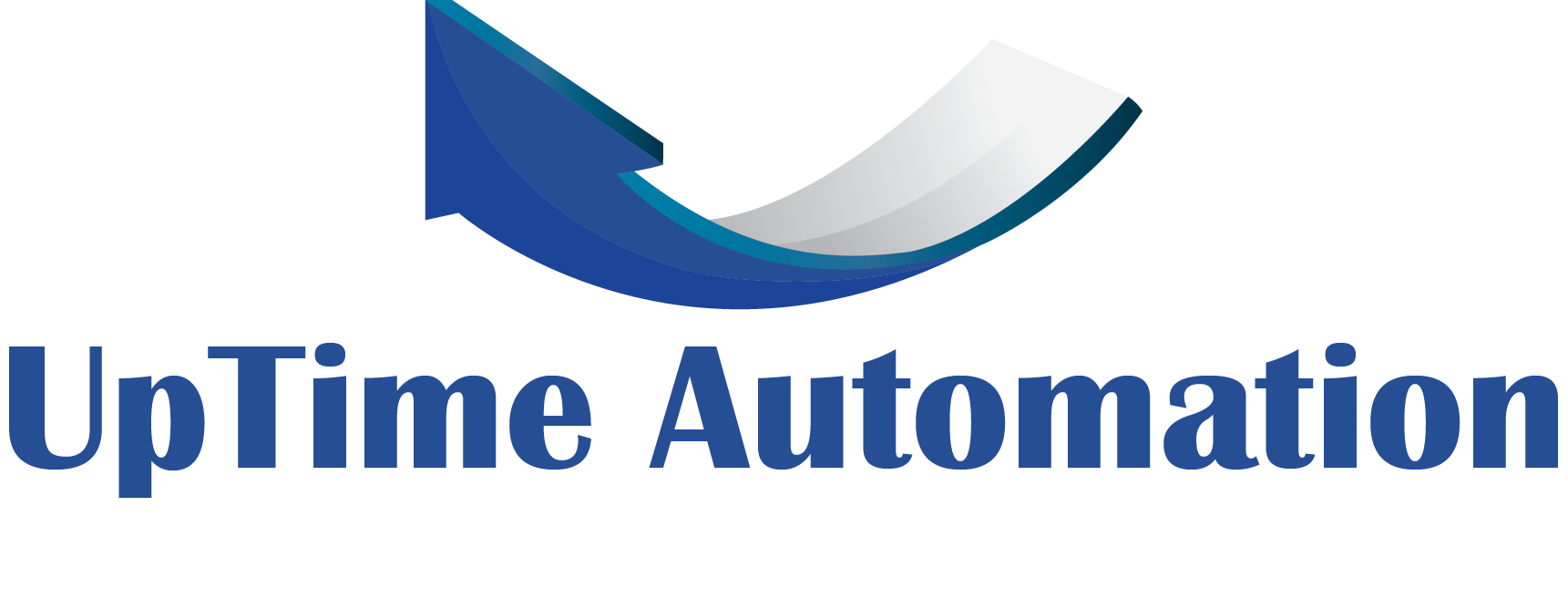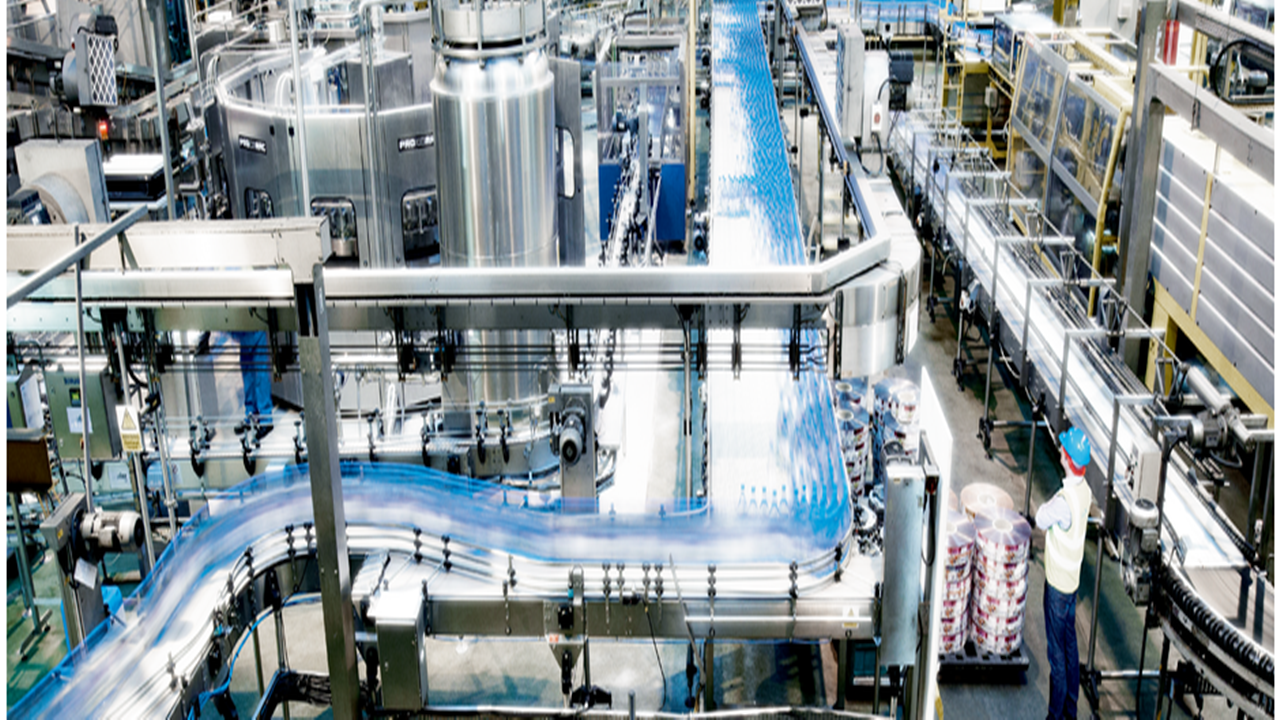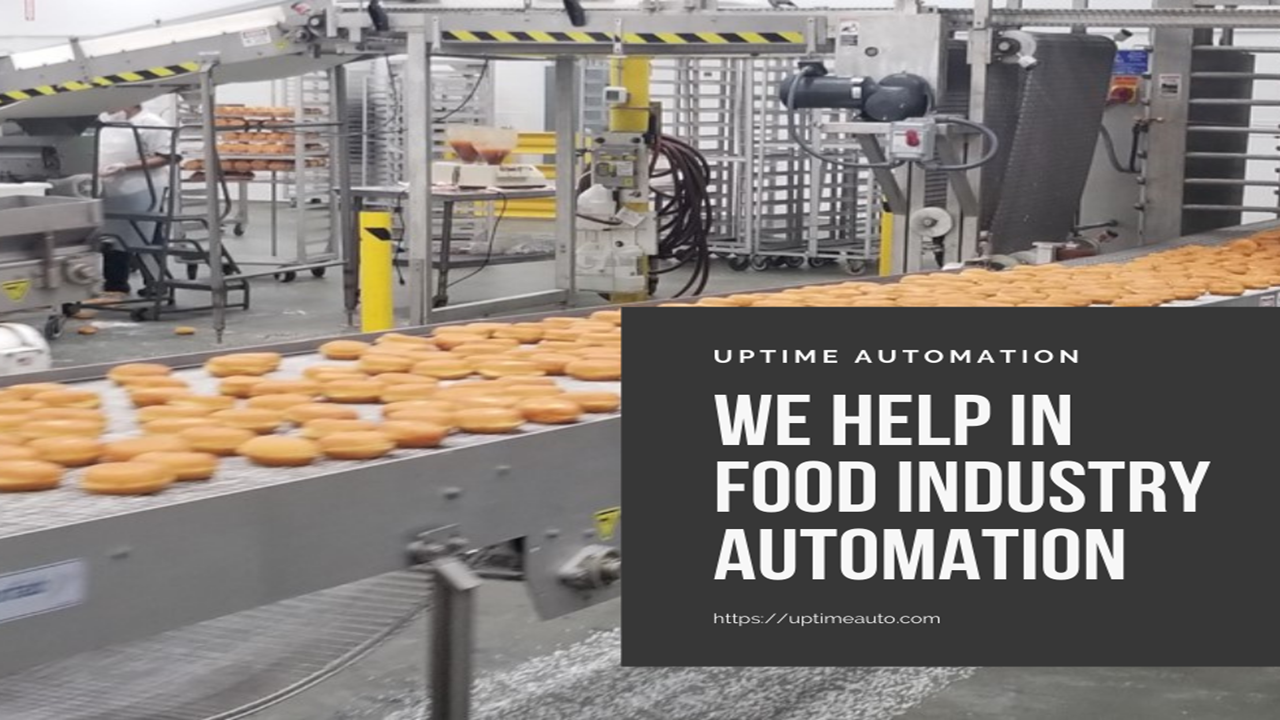
Five Ways of Industrial Automation in Pharmaceuticals
Automation is an integral part of pharmaceutical manufacturing, which helps prevent errors and improve quality control. While manual monitoring is often mistaken for a more effective solution, digitalization significantly reduces the chance of human monitoring errors and minimizes the reputational and financial consequences. To achieve this, some pharmaceutical organizations have introduced digital sensors and invested in high-availability computing. This enables them to have a fully automated production line, which makes it easier to track cleanroom procedures, capture electronic batch records, and analyze process performance.
Flexible automation
Pharmaceutical manufacturers are increasingly turning to advanced automation technologies and project execution methodologies to make their production sites more flexible and efficient. With pressure from customers to increase the number of available products and increase quality, manufacturers must ensure that production sites are scalable and can adapt quickly to change. As a result, manufacturers are incorporating new technologies to improve productivity and reduce wastage.
Flexible automation is an ideal solution for manufacturers that need to produce a wide range of products at low-to-medium production rates. This automation method also enables changeover between batches without interruption and offers the potential to implement a made-to-order strategy. While this type of automation may be expensive, it can be used to produce multiple products in a short amount of time.
The flexibility of flexible automation can also reduce reagent costs. With more flexibility, manufacturers can repurpose existing mechanical equipment and adapt it to changes in product size. As a result, flexible automation can reduce costs and improve the quality and use of reagents. Flexible automation also makes automation more affordable for smaller companies.
Flexible automation is a type of robotic arm and equipment that can adapt to different product mix types and specifications. This type of automation includes sensors and program logic to control the robot’s actions. This type of automation is ideal for high-mix productions, since it allows manufacturers to easily change product designs while maintaining high quality and safety.
Flexible automation is an effective way for pharmaceutical companies to scale up productions and build production lines more rapidly and safely. The COVID-19 pandemic has accelerated several trends in the pharmaceutical industry, including the adoption of batch production, digitalization, and personalization. These trends have increased the demand for collaborative robots and SCARA robots.
Flexible automation in pharmaceuticals can significantly reduce operational costs. Moreover, it improves patient outcomes. Autonomous mobile robots can be used in the laboratory, warehouse, or factory to transport samples or perform other tasks. For example, the ER-FLEX mobile cobot can carry samples from the laboratory to a production facility.
Programmable automation
As the health care industry continues to embrace new technologies, pharmacy automation will continue to evolve at an increasingly fast pace. However, evaluating the effectiveness of such systems remains a difficult challenge due to the lack of evidence. This means that the industry may take some time before fully automating and connecting its operations.
Automation and manufacturing systems can transform pharmaceutical manufacturing, reducing costs and increasing efficiency. Without these new technologies, a company may be slow to introduce new products and fall behind the competition. However, pharmaceutical automation is a great competitive advantage that can help pharmaceutical companies meet the demands of increasingly sophisticated consumers and improve their bottom lines.
Using robots in pharmaceutical manufacturing is an excellent option for increasing productivity and reducing the risk of human error. Robotics can perform repetitive tasks at faster rates than human workers, reducing the likelihood of errors. Moreover, pharmaceutical automation can accommodate twenty-four-hour production cycles. Further, it can be used in multiple departments and can help streamline processes in a company’s manufacturing process.
A big problem with the literature on pharmaceutical automation is the lack of multicenter studies. Most pharmacy automation studies are based on one site and their outcomes are often biased because these are one-off experiences. Many pharmacy leaders rely on case reports and recommendations from consultants, which may be inaccurate or overly optimistic. Furthermore, a single-site study may not take into account the institution-specific characteristics or the probability of type one or type two errors occurring at the site.
One benefit of programmable automation is that it does not require any learning curve. As a result, it eliminates human error, reducing product defects, and facilitating end-to-end traceability. Advanced data analytics can also pinpoint inefficiencies and improve forecasting. This makes programmable automation an excellent choice in pharmaceutical manufacturing.
Another big advantage of programmable automation is its flexibility. Because the manufacturing process is programmable, the system can accommodate different product configurations and sequences. Although this system is more expensive in the short run, it is also more cost-effective in the long run. Moreover, programmable automation allows you to produce a wide variety of products at one time.
Artificial intelligence
AI is an emerging technology that can help pharmaceutical manufacturers improve the way they do things. For example, AI can predict which combination of medications will work best for a given patient. This can reduce the operational cost of identifying new compounds and improving their effectiveness. In addition, AI can analyze inventory management trends and anticipate drug shortages.
AI also helps pharmaceutical companies identify systemic issues in the manufacturing process. It can also predict the time required to complete corrective actions. It can also help reduce the number of batch disposition cycles and improve the efficiency of pharmaceutical manufacturing. AI can also help pharmaceutical companies identify and address customer complaints. As a result, companies can align production with demand, and improve efficiency.
The pharmaceutical industry faces many challenges. For example, ensuring that drug trials adhere to protocol is a major issue. Ineffective trial enrollment means that patients cannot take the drug at the right time. AI can help pharma companies solve this problem by filtering out the bad apples. Artificial intelligence can also analyze genetic information and determine the optimal sample size for a clinical trial.
AI can also monitor patient health conditions and notify a doctor when the patient is sick. This can save the patient time and money by avoiding a trip to a doctor. AI can also help pharma companies launch their drugs faster and cheaper. Additionally, it can help reduce human error.
AI can improve the drug discovery process and find cures for both common and rare diseases. Ninety-five percent of the diseases in the world are rare and there are no approved treatments for them. Therefore, AI technology has renewed the interest in finding effective treatments for rare diseases. AI can also speed up drug discovery, which can lead to new therapies.
AI can be used in almost every aspect of the pharmaceutical industry. For example, AI can identify the proper dose of a drug to ensure safety and efficacy. It can also monitor the health of patients during clinical trials and suggest the correct dosage level.
Uptime Automation LLC
Uptime Automation LLC is a provider of automated systems for the pharmaceutical, life sciences, and food industries. They have over 10 years of experience supporting clients with FDA-regulated automation systems and have extensive knowledge of the applicable standards and documentation. For example, they understand the importance of the adherence to CFR Part II for pharma automation systems. That’s why the company partners with a variety of recognized bodies.
With the adherence to FDA regulations, pharmaceutical manufacturers are looking for ways to optimize their processes and improve production efficiency. In order to do so, they must implement advanced automation and robotic solutions. The best solutions will eliminate the need for manual data entry. This will help pharmaceutical manufacturers meet the stringent requirements of the Food and Drug Administration (FDA).


